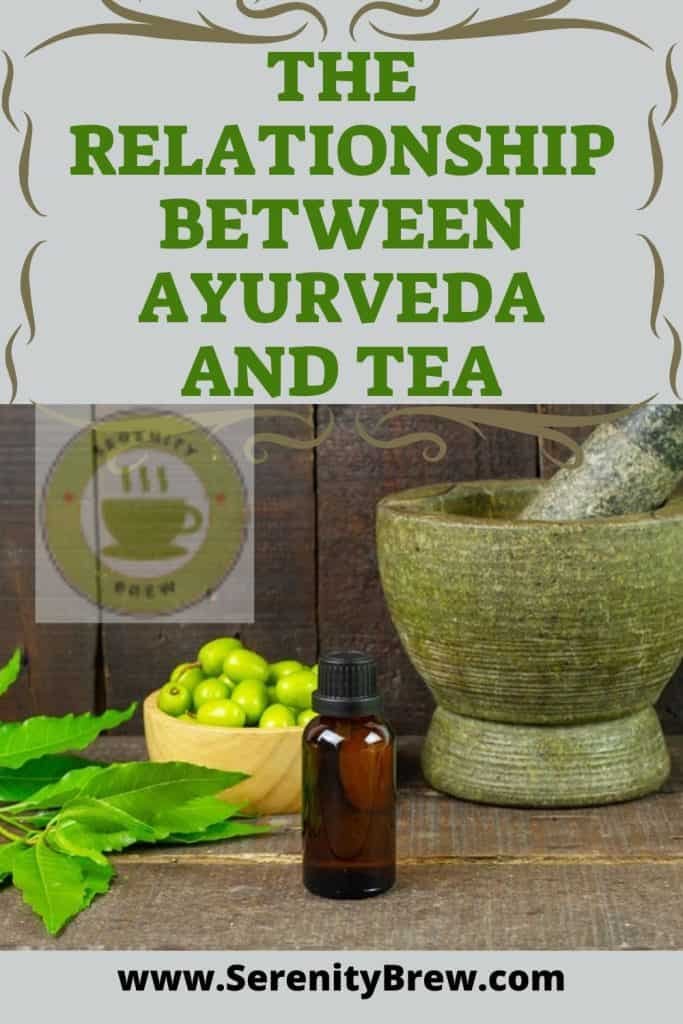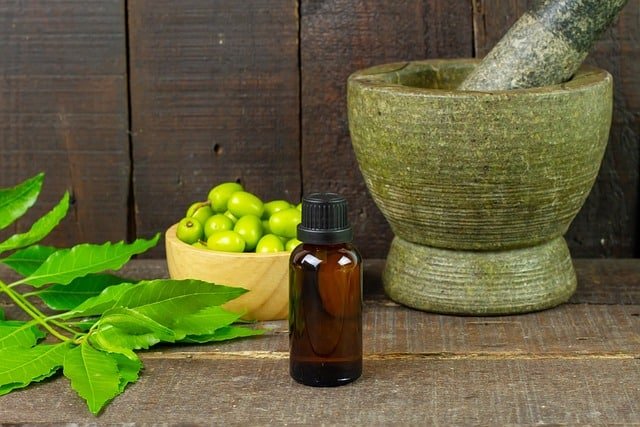
You may think that Ayurveda is just another trend in the search for a perfect and healthy body, but it is not. Ayurveda is the traditional medicine of India, which has been practiced for at least 5000 years, so it is not fashionable at all.
Actually, 80% of the inhabitants of India choose Ayurvedic Medicine and it is a university degree course that requires 5 and a half years of study.
Originally the principles of this medicine were passed down by word of mouth from one generation to the next, but later they were written down in Sanskrit.
When India became part of the British Empire in the mid-17th century, these treaties were translated into English and gradually distributed in the West. So the presence of Ayurveda among us is recent and although it is not considered a science by many Western universities, many of its principles have been incorporated into modern medicine.
It’s just that, if a doctor tells you that to stay healthy you must eat and sleep well, that the work and family environment influences your health, and that each patient needs a different treatment, it doesn’t seem so far-fetched, does it?
Precisely, the principle of Ayurveda is that health is the natural end result of living in harmony with our environment .
Natural is an important word because Ayurveda understands that disease symptoms are the body’s normal way of communicating that disharmony. With this understanding of disease, the concept of healing becomes obvious: restoring harmony between oneself and the environment.
Once restored, the body’s need to communicate the disharmony diminishes, the symptoms dissipate, and the patient is said to be cured. To prevent imbalance, Ayurveda indicates natural activities (walking, sleeping, working, meditating) and maintaining a healthy diet and hygiene .
When the balance is broken and the disease manifests itself, Ayurveda, how could it be otherwise, seeks therapy in Nature.
The use of herbs in Ayurveda medicine
The use of herbs is to restore balance in the body and help dietary and lifestyle changes to run smoothly.
Digestive herbs in the form of infusions or teas are mainly recommended in the medium term. Herbs for the mind and nervous system are used longer, as their effect is on more complex tissues, for example, to manage daily stress.
Hygiene is a vital principle in Ayurveda to maintain a healthy and youthful body. It promotes regular baths, cleansing of the skin and detoxification of the digestive system, for which infusion therapy is the most frequent. Ayurveda indicates the obtaining of natural herbal infusions in 3 ways:
-BY DECOCTION (kwatha): it is a slow cooking of the medicinal herb with boiling water until the volume is reduced by one third. It is useful in the case of herbal teas, which use hard parts of the plant, such as the root or stem.
*(Tisanes are an infusion but in which the herbs are left cooking with boiling water for a certain time)
– HOT INFUSION (phanta kalpana): consists of preparing an infusion with the method we know in the West: soaking the herbs in hot water for a few minutes until the solution takes on the color that indicates that the active principles of the herb have already passed into the water.
– COLD INFUSION: (hima kalpana): It is used when the herbs contain volatile principles that can be destroyed by heat. In general, the crushed herbs are steeped overnight and drunk the next day as an iced tea.
Hot decoctions and infusions are used in winter and cold ones in summer, since the balance of the body with the environment is a vital concept of Ayurveda.
Decoctions are used for acute events such as headaches, migraines, colds, infections, pain, and nausea. The infusions are incorporated into the daily diet for the treatment of kidney and digestive problems, respiratory discomfort, anxiety, insomnia, etc.
An Infusion according to your Dosha

Each infusion is prescribed by the Ayurveda doctor according to the patient. In general, Ayurveda recognizes three types of metabolisms or biotypes, called doshas . And according to the type of dosha that you belong to, the prescribed herbs will be. Here are some examples:
- Vata biotype: they are thin, agile people, with an active mind, do not tolerate cold, anxious and prone to insomnia. For them, a Vata Tea contains: fresh ginger slices, cumin seeds, coriander seeds. Optionally nutmeg, cayenne pepper or black pepper (not too much) or/and 1 cinnamon stick.
- Pitta biotype: medium physical build, sharp mind, good appetite. Freckles or moles on the skin, tendency to baldness and gray hair, often suffer from gastritis. A typical Pitta tea can be made from: cumin seeds, coriander seeds, fennel seeds. Optionally add fresh green cilantro and dried rose petals
- Kapha biotype: with a tendency to be overweight, slow digestion, greasy hair, peaceful sleep, methodical in their work and in a good mood. They tend to have very slow digestion. For them, a Kapha tea can be prepared with: fresh ginger slices, cinnamon stick and cloves. Optionally add dill seeds, turmeric.
Since people are not so easy to classify, Ayurveda says that the most common thing is that we belong to two doshas, with one predominant. For example, one can be Vatta-pitta, Pitta-Kapha, Kapha-Vata, etc.
In specialized stores you can find herbal mixtures indicated for certain disorders or metabolism biotypes (doshas).
You already know, herbs and their preparation have a direct impact on your health. Tea, for example, is healthier than water and has natural properties and benefits that will help maintain or restore physical and mental balance.
How to delve? simply review the benefits of the different types of tea and infusions and you will begin to learn when it is good to consume one cup and another.
For example, we love to go with a mix of herbs to choose from based on how we feel. ❤️
In addition, Ayursala, the center for Ayurvedic therapies and complementary treatments, recommends Sweetea and its variety of Chai Tea for the following benefits that they themselves explain:
Chai tea is a powerful stimulant, on par with coffee, but with more benefits and fewer side effects than this drink. It is for this reason that many people have decided to switch from coffee to chai tea.
All the spices used in chai tea are nutritious and widely used in Ayurvedic medicine. Among other things, these herbs help to stimulate, balance and support digestion. They calm stomach pain, nausea, diarrhea, stimulate digestion and eliminate flatulence, largely due to its high fiber content, something rare in teas and due to the presence of fennel. Clove, for its part, can help all those who have stomach ulcers to alleviate the symptoms.
